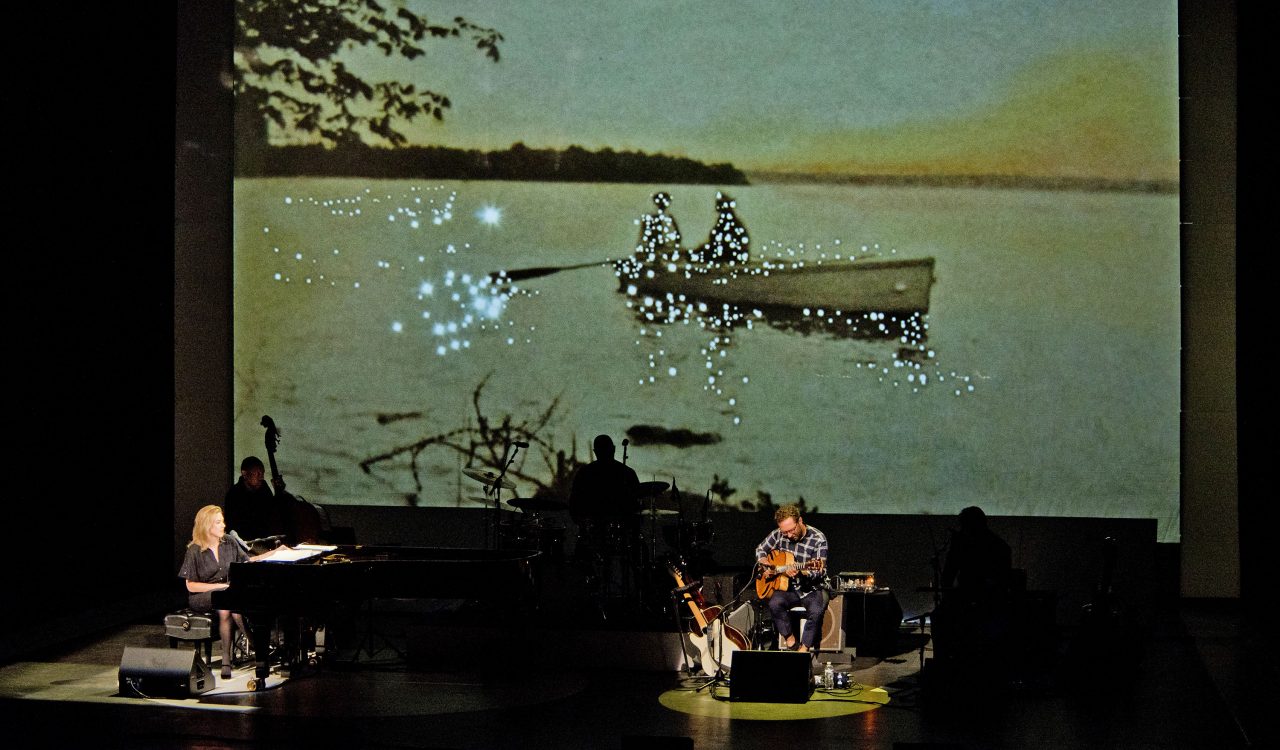Brock Visual Art student Sarah Martin and Brock Visual Arts Alumna Caterina Stambolic present photographs and sculptures investigating the interruptions between mind and body.
Exhibition: Thursday Feb. 15 to Saturday Mar. 24
Regular visiting hours are Tuesday through Saturday 1-5 pm.
Opening Reception: Thursday Mar. 8, 5 – 8 pm
Location: Visual Arts Exhibition Space, Marilyn I. Walker School of Fine and Performing Arts, Brock University
15 Artists’ Common, St. Catharines, ON
This is a free community event!







 “Finding Photographs” by Brock Visual Arts Professor Amy Friend
“Finding Photographs” by Brock Visual Arts Professor Amy Friend




 Photography Professor Amy Friend presents Eternal Light at the
Photography Professor Amy Friend presents Eternal Light at the